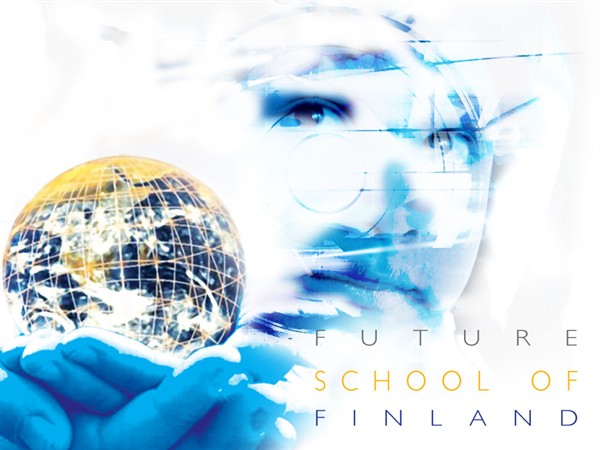Almost exactly a year ago today, I published a post celebrating realxtend’s ability to enable 3D mesh imports – a post that remains the most popular on this site. Realxtend since took a deep dive into its code base, developing a custom viewer from scratch, and making significant strides in improving its platform overall. Now it seems I’m hearing about realxtend everywhere I look.
Recently, a post on maxping caught my attention, describing a new ‘School of the Future’ project in Oulu, Finland, developed by Pasi Mattila and Jukka Miettunen. They have teamed up with realxtend developers to augment their innovative new program into the virtual realm.
In a recent email exchange, Pasi described the virtual project,
“As I see, we have the multipurpose house or community learning center around us, which is important and where we daily meet under term of education and guidance. After the working hours (at home, hobbies, during the evenings or weekends – formal, in-formal and non-formal learning) through virtual, future learning environment, we can either continue with same peers or collaborate without physical borders…”
Using virtual worlds in education is a concept that has already achieved widespread international adoption in Second Life, OpenSim and a variety of other platforms – but what makes this unique, as far as I am aware, is that it fits within a comprehensive pedagogy that isn’t just about teaching a class in a virtual world, but is hoping to develop the virtual and real classrooms in tandem, aiming to completely transform not only the physical architecture of schools in Finland, but to dovetail the design of these new spaces with a variety of technologies.
In their first test case, they worked with architects, pedagogical experts, staff and students at the School of Pohjankartano to introduce a variety of ideas, including the ‘InnoLobby’ concept, which transformed the lobby into the 21st century learning environment and the community meeting place. They also renovated a former student café into a social media meeting place with the modern furnishing and technical floor. Students at the school will be using “personal mini-laptops, Nokia internet tablets, camera phones, Sanako learning software, Microsoft Surface and Round Table. The information management system include the media wall, learning game solutions, mobile music class and Binder mobile observation tool etc.
Pasi said their team is now working with the architecture firm Archeus from Oulu, Finland (www.archeus.fi) and has learned a lot since completing this test case,
“Through lesson learnt we have developed the ideology further in planning, furnishing and equip learning environments. That work we have done together with Archeus. Through those sketches and InnoLobby realization we have learnt a lot from learning environments and pedagogy -> and in this project we try to turn those experiments into virtual learning environment. At this stage we are not modeling any existing building, but rather doing more idealistic virtual learning place. And there will be some features planned, which can develop the image of virtual world forward – if we succeed.”
But why stop at a purely virtual space? Obviously a virtual counterpart to a physical classroom can have significant benefits – and doesn’t necessarily have to relate to the ‘physical world’ counterpart. But in this case, they are primarily developing ‘physical world’ architecture, it seems they might be missing a huge opportunity to prototype, test, visualize, and refine their concepts in the virtual model before building it in the real world.
This would still be a largely unprecedented opportunity – one that only a handful of architects and ‘real world’ projects have attempted, and even fewer have achieved successfully. But if anyone is going to enjoy the opportunity to test and experience physical buildings in an online, multi-user virtual world before construction starts, it should be a “School of the Future” concept with direct connection with a cutting edge virtual world platform like realxtend. It could be pretty cost effective to achieve, since may already be developing concepts using 3D software anyway.
It would even help showcase their ideas to build a virtual replica of their project at Pohjankartano (also probably modeled in 3D already anyway) and incorporate it into an all-inclusive virtual world showcasing all of these concepts, real and virtual. It could be very helpful in convincing other schools administrators from a broad geographic region to better understand how they might leverage these innovative new ideas in their schools – toward the goal of becoming a new benchmark for virtual classroom settings. This could very well be precisely what they intend to do, and I’m just not familiar enough with the project. Either way, this is an incredibly exciting and innovative project, and Pasi promises to send more information and images in the weeks ahead, so I look forward to learning more.
Here is a video describing the project.. 1:11 through 1:19 show some of the architectural elements of the project, and at 2:20 to 2:30 you see a glimpse of a game called “Snellman” developed by Ludocraft on the Torque Game Engine in 2007. Ludocraft is also partner in the realxtend team. Here is the original post on maxping where I first learned of the project.


